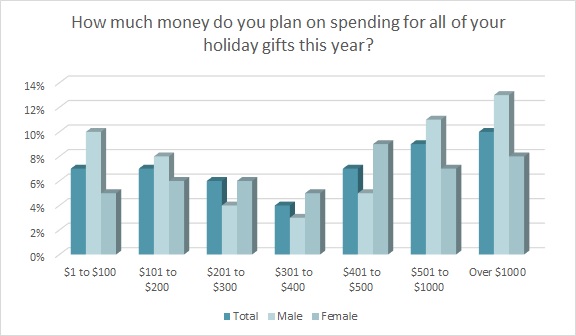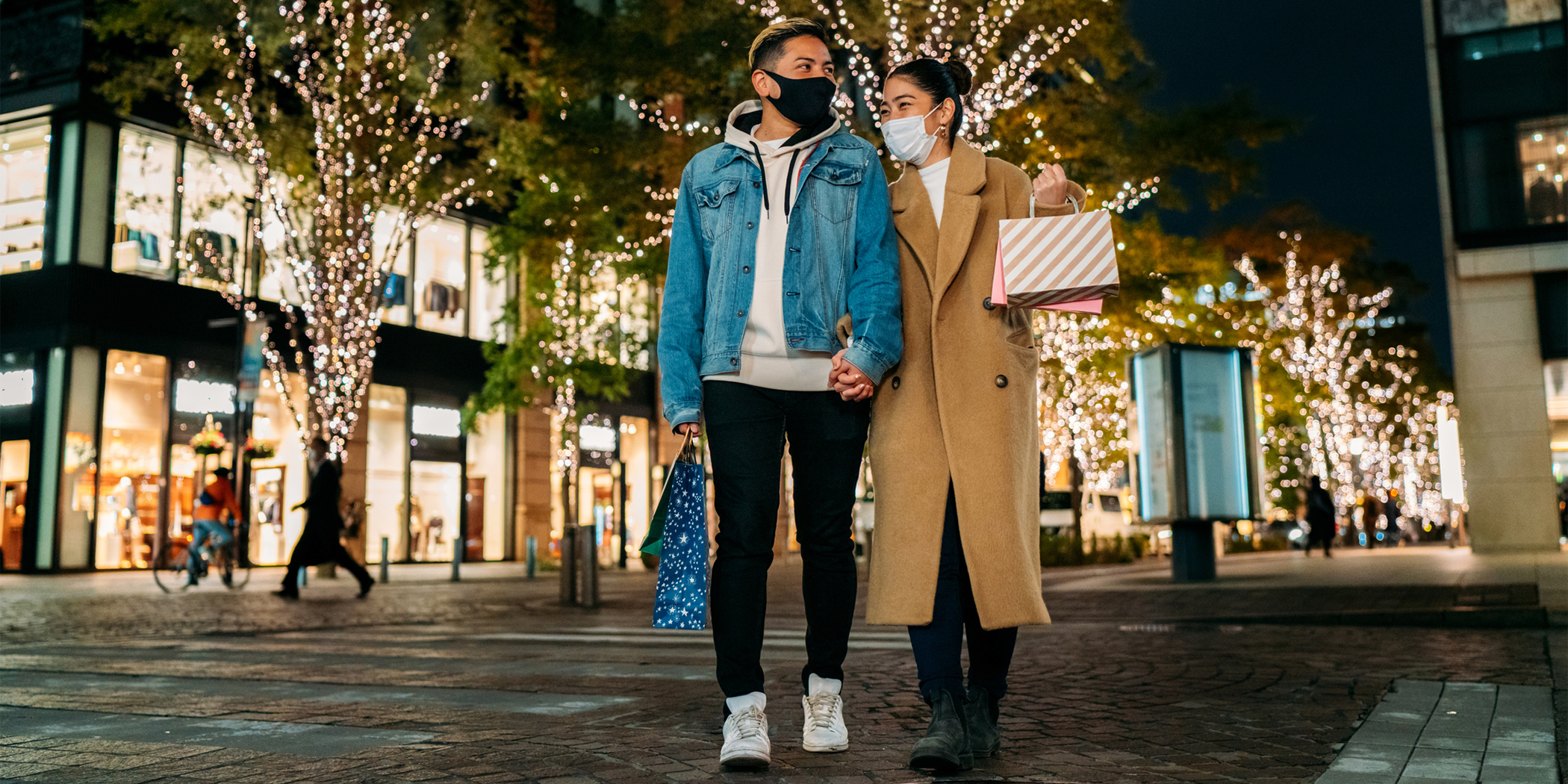It’s that time of year again. No, not spooky Halloween season; scary holiday prep. It’s traditionally a nerve-wracking time of year. But throw in year two of a global pandemic, potential shipping and supply chain issues as well as labor shortages and it’s just that much more vexing. But the strategies behind performance marketing can help brands navigate the Holiday ’21 season while optimizing their ad dollar spend.[quote]
“Branding is even more important in the current environment,” said Lunya’s Liz Dolinski, chief growth officer for the luxury sleep and loungewear brand, during the CommerceNext webinar, “The New Performance Marketing Playbook for Back-to-School, Holiday 2021 & Beyond.” She says given the changes to Google and Apple’s cookie/data tracking changes, there’s more pressure to have an effective performance marketing program. Performance marketing includes social media advertising, sponsored content, native advertising, affiliate marketing, and search engine marketing. Advertisers pay only when a specific action — such as a sale, click or generated lead — occurs.
“That means you really need to be able to pull the consumers in,” Dolinski said. “You’re not going to be able to count on retargeting messages that say, ‘Would you like to buy this product? Would you like to buy this product?’ That strategy is not going to work anymore. Brands that really focused on doing a lot of push marketing will struggle this year.”
Hopefully, fashion brands will have their messaging and marketing determined in time to enjoy a predicted strong holiday season. MasterCard SpendingPulse expects U.S. holiday retail sales to increase 7.4 percent over 2020, fueled in part by pent-up savings and government stimulus.
“This holiday season will be defined by early shopping, bigger price tags and digital experiences,” said Steve Sadove, senior advisor for Mastercard and former CEO and chairman of Saks Incorporated. “Over the past two years, retailers have learned a lot about what shoppers want and need, bringing us into an exciting new age of retail resilience. Retailers have been preparing for this moment and will find innovative ways to deliver on what’s bound to be the biggest holiday shopping season yet.”
In keeping with the theory of pent-up demand, holiday shoppers plan to spend about $837 on holiday gifts this year, a 15 percent jump from the $725 they expected to spend in 2020, according to the 2021 Cotton Incorporated Lifestyle Monitor™ Survey. Consumers over 35 years old and those earning $50,000 or more annually plan to spend significantly more ($921 and $1,018, respectively). Like last year, consumers expect to purchase gifts for about 7 people this holiday season.

Gift cards are expected to top the list of presents this year, as more than half of all consumers (53 percent) say they plan to buy them, according to the Monitor™ research. That’s down, however, from 57 percent last year. The next most popular gifts are expected to be clothing (48 percent, flat compared to last year), toys (42 percent, flat compared to 2020), and electronics (28 percent, also flat).
The greatest share of holiday spend is expected to go toward electronics ($428), according to the Monitor™ research. Consumers then expect to spend $338 on clothing gifts, followed by $287 for experiences like vacations and activities.
More than two-thirds of apparel gift givers (72 percent) say they plan to seek out clothes made from natural fibers, according to the Monitor™ survey. When shopping for clothing this upcoming season, 63 percent of consumers plan to seek out cotton-rich clothing, far more than any other fiber including polyester (5 percent), silk (3 percent), and wool (1 percent). Additionally, 55 percent say they will pay a premium for natural fibers.
Lunya’s product offering is composed almost completely from natural fibers, including cotton terry and cozy cotton silk. Dolinski said that while search algorithms and keywords will likely draw customers to Lunya’s website, the company plans to use its website to emphasize natural fibers and focus on product descriptions to further entice shoppers.
“It’s about appropriate messaging on our landing page so that once we do get that hit, it’s productive,” Dolinski said. “This year we’re spending more time articulating and educating consumers on our product and fabric benefits, and really showing them the difference between Lunya versus every other website they might land on.”
Those consumers who look for cotton fiber when shopping for clothing gifts say they seek it because it is comfortable (65 percent), feels good (59 percent), soft (55 percent), a quality fabric (46 percent), durable (46 percent), and breathable (43 percent), according to the Monitor™ research.
Frank Vitovitch, vice president of solutions at Botify, an enterprise SEO platform, also took part in the CommerceNext webinar and said technical SEO has grown in importance in recent years.
“The brands that see the most success in organic search are the ones that have SEO at the forefront in the development of their website, where they’re ingrained with the product. It’s only become more prevalent throughout the industry, where you have that pure technical team that focuses on branding and content.”
ChannelAdvisor’s Brad Haynes, team lead of client strategy, says brands can fine tune their SEO keywords to see what works best as the holiday season progresses.
“You can also have a third-party systems analyzer that will work with you on advertising and help with search campaigns and discoverability,” he said. “Also, make sure you’re on more than one marketplace because 73 percent of consumers use multiple channels during their shopping journey.”
Of course, the shopping journey includes heading to brick-and-mortar stores. Waze, the navigation app, points out that omnichannel will drive purchasing this holiday season, making out-of-home messaging a valuable part of a retail marketing plan. Waze found 83 percent of 2020 holiday sales occurred in store and a quarter of consumers took advantage of click-and-collect. This year, 69 percent say they plan to use buy online/pickup in store as much or more this year. The app also says today’s consumers view purchases “through a more altruistic lens.” For instance, 77 percent of Americans say it’s important that companies are environmentally responsible, and 57 percent say they seek local, independently owned businesses. Retailers can use out-of-home marketing messages to tout their values on the Waze app.
Also this season: Small- and medium-sized businesses (SMBs) will be able to reach consumers through a partnership between Shopify and Roku. Roku has launched an app that lets Shopify users create TV ad campaigns and select their precise audience, campaign budget, timing and more. Merchants can also measure their TV streaming ad campaigns and increase their revenue. The TV streaming ads will reach 55.1 million active Roku accounts.
Roku’s Jared Lefkowitz, senior director of ad revenue strategy said the Roku app is “a powerful and simple” advertising opportunity for SMBs. “We’re excited to partner with Shopify for an easy-to-use solution that drives full-funnel success on the biggest screen in the home.”
